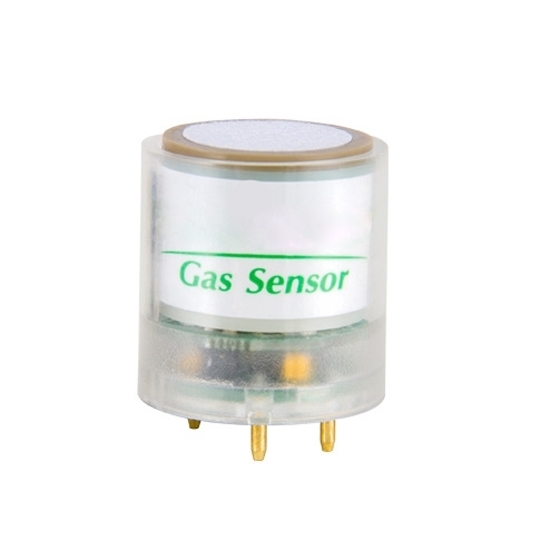
Phosphine (PH3) Gas Sensor, 0-20ppm
from
$198.99
Ex Tax: $198.99
- Stock: In Stock
- Model: RDDLZ-GS-PH3-20PPM
- Weight: 1.00
- SKU: RDDLZ-GS-PH3-20PPM
Available Options
Create unlimited custom product blocks and display them in accordions or tabs or open blocks. Each block can be assigned to all products at once or specific products according to advanced criteria.
Create unlimited custom product blocks and display them in accordions or tabs or open blocks. Each block can be assigned to all products at once or specific products according to advanced criteria.
PH3 gas sensor with 0-20ppm detecting range. Precision is ±5%FS, resolution is 0.1ppm. Can be operated with electric heat unplugging, factory accurate calibration, the use of no need to re-calibrate. It can be used for phosphine detector, industrial site phosphine gas detection, intelligent municipal phosphine detection, electric power phosphine detection.
Module Features
- Supports electric hotplugging and unplugging for seamless operation.
- Comes factory-calibrated with high accuracy, eliminating the need for recalibration before use.
- Provides both simultaneous digital (UART) and analog outputs for enhanced usability.
- Utilizes the standard MODBUS communication protocol for easy integration.
- Compatible with various sensors, including infrared, electrochemical, catalytic, semiconductor, and others.
Specification
| Model | RDDLZ-K-5S-PH3-20PPM |
| Detecting Gas | PH3 |
| Detecting Range | 0-20ppm |
| Working Voltage | DC 5V±0.5V |
| Power Consumption | ≤1W |
| Working Temperature | -20℃~50℃ |
| Humidity | 15%~95%RH (no condensation) |
| Working Pressure | 86~106Kpa |
| Adoption Method | Natural diffusion |
| Detection Unit | ppm |
| Resolution | 0.1ppm |
| Technical Principle | Electrochemical three electrodes |
| Tolerance | ≤±3% |
| Repeatability | ≤±1% |
| Response Time | ≤60s |
| Communication Format | UART baud rate 9600, data bit: 8; stop bit: 1; check bit: none |
| Communication Protocol | Modbus-RTU communication protocol |
| Analog Output | 0~3V |
| Warm-up Time | 30s (user adjustable) |
| Lifetime | 2 years |
| Weight | 10g |
Structure
Note: Tolerance range ±0.25mm
Working Principle
The signal of the gas sensor is amplified and filtered, and then the microprocessor performs theoretical calculations on the signal and outputs a digital signal. For different sensors, the filtering and amplifying circuits are also different.
Application
Tips: Sensor Shows Constant Zero or Maximum Reading
Possible Causes
- Sensor saturation
- Faulty sensor or circuit
- Blocked sensor
Solutions
- Check for the presence of high concentrations of gas that might saturate the sensor, and ventilate the area if necessary.
- Inspect the sensor and associated circuitry for faults.
- Ensure the sensor is not blocked by any physical obstruction.
Builder in Product TAB
NEW! Since Journal 3.2, the much improved T.A.B (Tabs Accordion Blocks) system supports the page builder inside the tab content. Unlimited Blocks, Tabs or Accordions with any HTML content or the builder interface (supporting custom rows/columns/modules) can be assigned to any individual product or to certain groups of products, like entire categories, brands, products with specific options, attributes, price range, etc.
You can indicate any criteria via the advanced product assignment mechanism and only those products matching your criteria will display the modules.
Also, any module can be selectively activated per device (desktop/tablet/phone), customer login status and other criteria. Imagine the possibilities.
